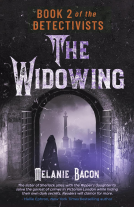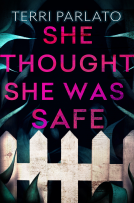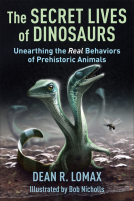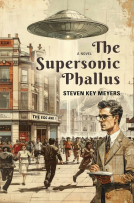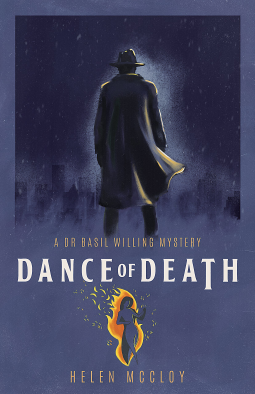
Dance of Death
A Dr Basil Willing Mystery
by Helen McCloy
This title was previously available on NetGalley and is now archived.
Send NetGalley books directly to your Kindle or Kindle app
1
To read on a Kindle or Kindle app, please add kindle@netgalley.com as an approved email address to receive files in your Amazon account. Click here for step-by-step instructions.
2
Also find your Kindle email address within your Amazon account, and enter it here.
Pub Date Oct 29 2020 | Archive Date Dec 03 2020
Talking about this book? Use #DanceofDeath #NetGalley. More hashtag tips!
Description
“Mrs Jocelyn,” said Basil, evenly, “the most disillusioning thing about being a psychiatrist is discovering how many kind relatives wish that other members of their family could be declared insane.”
When a New York socialite is found dead in a snow bank, no one can believe it is debutante Kitty Jocelyn – let alone that she has died of heatstroke.
How has she ended up here, dead on the morning after her coming-out party? Why is she wearing someone else’s clothes? What was the cause of her fatal overdose? As the questions around Kitty’s death mount, psychologist Dr Basil Willing is brought in to get the the bottom of her death.
With the help of Inspector Foyle, the pair investigate their long list of suspects, motives, and clues to solve this blistering mystery.
Also published as Design for Dying, McCloy’s first novel in her Dr Basil Willing series is part of Agora Books’ Uncrowned Queens of Crime series.
A Note From the Publisher
If you enjoyed reading Dance of Death, we'd really appreciate seeing your honest review on Amazon. Thank you and happy reading, Agora Books.
Available Editions
| EDITION | Ebook |
| ISBN | 9781913099749 |
| PRICE | £3.99 (GBP) |
Average rating from 52 members
Readers who liked this book also liked:
Dean R. Lomax; Robert Nicholls
Nonfiction (Adult), Outdoors & Nature, Science


